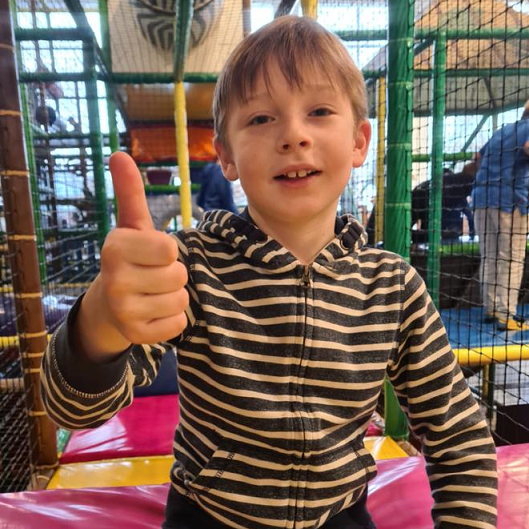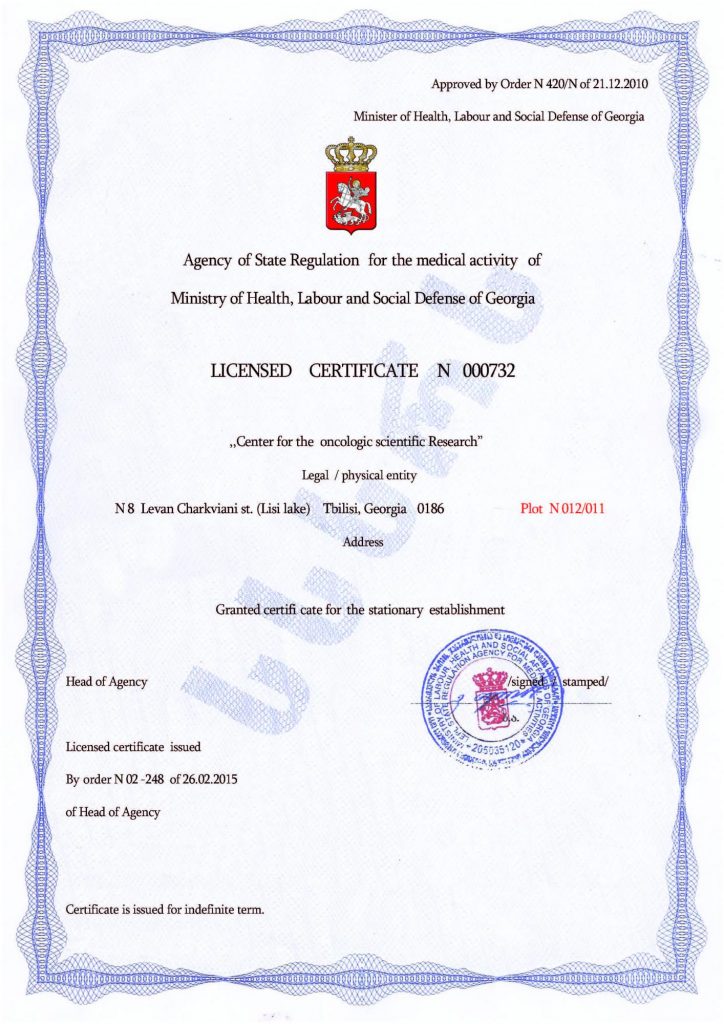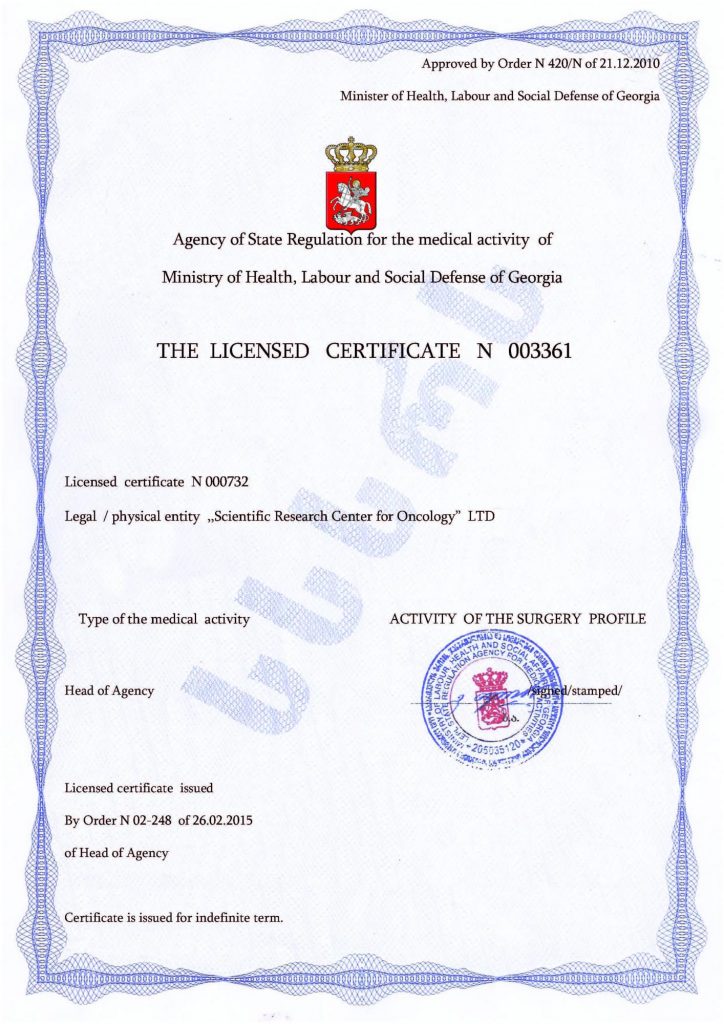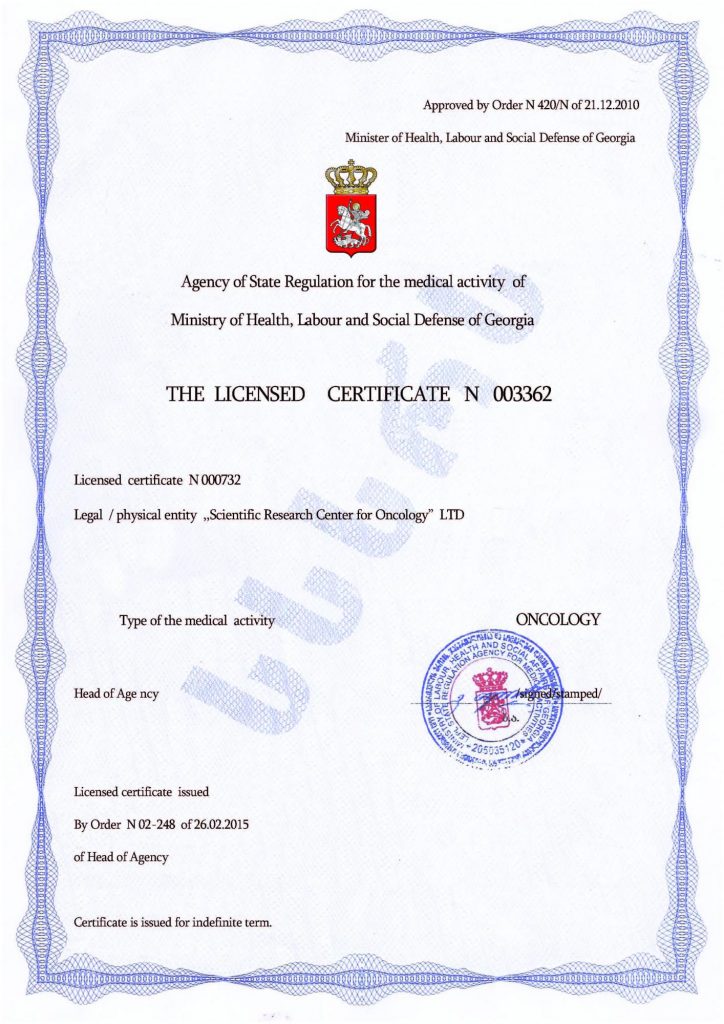Walking on Toes in Autism
The so-called “ballet walk” or tiptoe walking is a common symptom of autism spectrum disorder. Often, children may walk not only on their toes but also on their heels, both of which deviate from the norm.
What Does It Mean If a Child Walks on Their Toes?
We are not talking about situations where a baby stays on tiptoes while learning to walk, testing their legs, playing, or looking out the window at an unreachable surface. Such walking is considered abnormal when it lasts for several months or more. It may indicate problems with brain coordination of body movements or other underlying reasons.
Why Does a Child with Autism Walk on Their Toes? The Most Common Reasons:
- Sensory Problems: A child may feel discomfort when placing their foot on the surface.
- Shortened Achilles Tendons or Muscle Tension: This may prevent the child from being able to touch their heel to the floor.
- Hyperactivity of Calf Muscles: Frequent muscle spasms can contribute to tiptoeing.
- Posture Aberrations: These can be aggravated by decreased muscle tone, causing changes in the body’s axis of coordination and transferring weight to the front of the foot.
Consultation is Key
A consultation with an orthopedist and the primary physician is essential to diagnose the specific reasons for toe walking in an autistic child. They can develop a tailored program that may include the following activities:
- General Strengthening Physical Exercises: These are prescribed to improve coordination and strengthen muscles. A physiotherapist selects the appropriate exercises. It is also possible to use popular online programs to develop coordination and balance and regularly practice them at home.
- Exercises to Relieve Sensory Hypersensitivity: Sometimes, the reason for toe walking is simple discomfort. While a neurotypical child can cope with this, an autistic child may have difficulty overcoming irritating factors independently. For instance, poorly fitting shoes, a seam on the toe, or a worn-out bump on the insole could cause discomfort.
- Muscle Stretching Exercises: These improve muscle elasticity.
- Application of Plaster Casts: These are used to lengthen shortened or very tense muscle fibers.
- Posture Correction Measures: These improve the correct positioning of the feet.
There is no universal solution for toe walking. If physiotherapeutic correction does not yield the desired results, an orthopedist or physiotherapist may recommend wearing braces or corsets. In extreme cases, injections may be prescribed to relax the muscles.
A More Modern Approach
6. The Best Alternative for Treating Childhood Autism Spectrum Disorder and Toe Walking
Many specialists agree that conservative therapy has limited effectiveness. A much better outcome can often be achieved with a stem cell transplant procedure. This is offered at some clinics worldwide, including the Georgian Mardaleishvili Medical Centre. The vast majority of patients confirm the high effectiveness of this treatment in addressing childhood autism.
After undergoing this procedure, children often feel much better: their gait and brain functions improve. As a result, their range of skills and abilities expands, their self-confidence grows, and their integration into society becomes smoother.
Get Treatment for Childhood Autism in Georgia! Many symptoms, including tiptoeing, can be alleviated.
Autism Treatment Center Videos
Autism treatment with own stem cells
Cord blood association congress
International Quality Crown
Autism Treatment Reviews
Autism treatment with own stem cells
The story of Alessandro (6 years old)
Autism Patient Testimonial - Stem Cell Treatment
Clients Testimonials
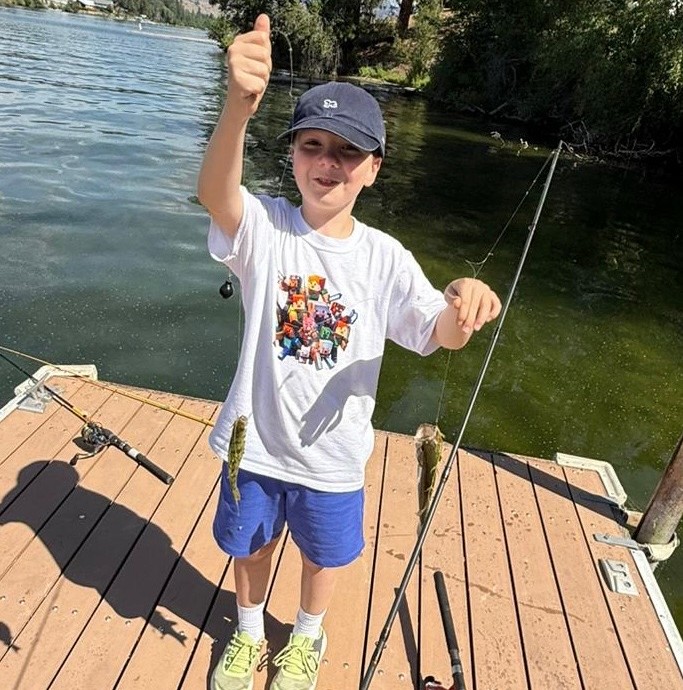
Irina and Stefan – Ilya’s parents Read More
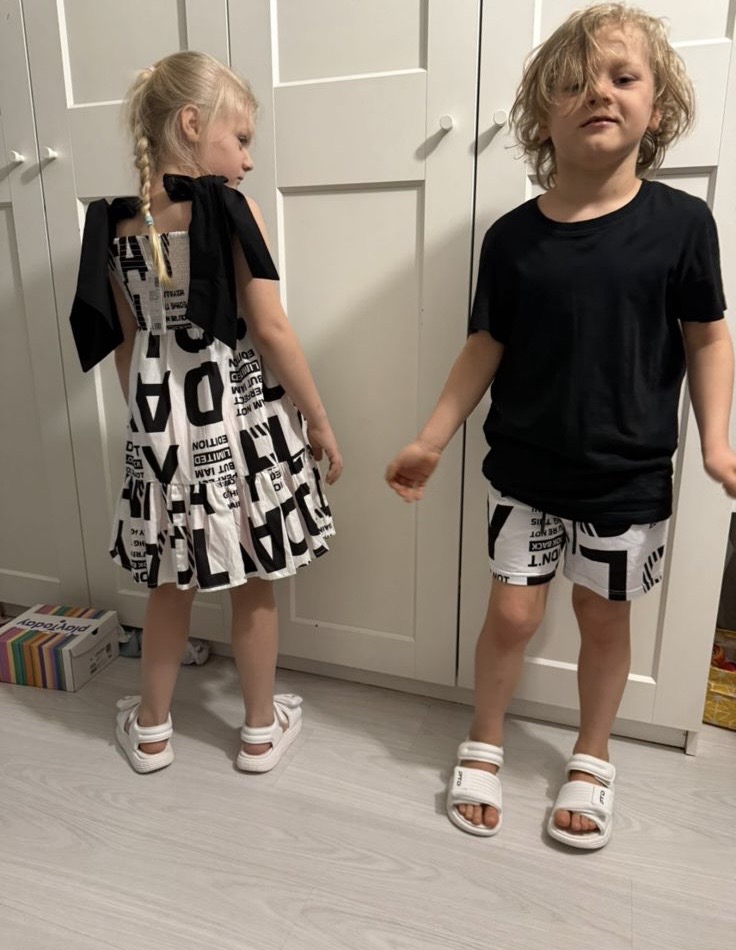
Kristina – mother of Nelly and Nik Read More
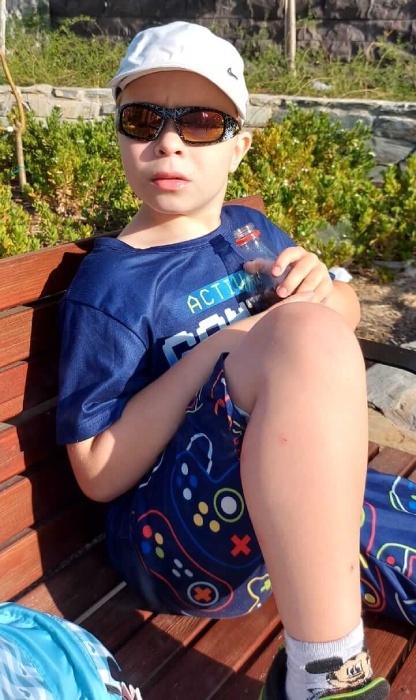
Marina and Grigory – Maxim’s parents Read More

Testimonial from Shakhnoza, mother of Asal Read More

Review by Anastasia, mother of Yusup (8 years old) Read More
